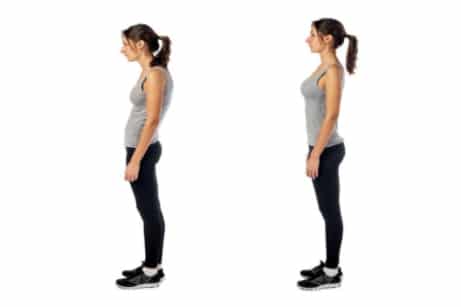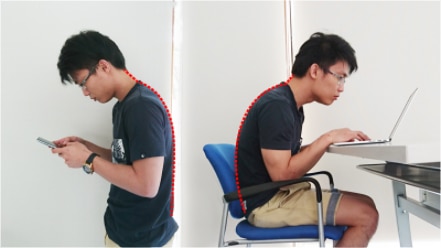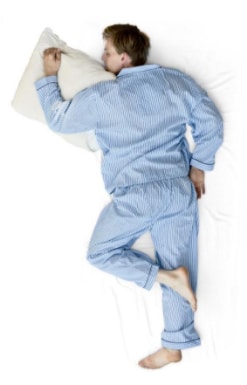Do you suffer from back pain? Neck pain? Headaches? Could it be related your POSTURE?
The answer- YES! It could be.
Posture Correction

Posture Correction
What is good posture?

Good posture is the position in which you hold your body up against gravity in sitting, standing and lying. When we look at a side view of the human body (figure 1), we can see there is a small inward curve in the neck above the shoulder girdle. We refer to this as ‘cervical lordosis’. There is also an inward curve at the small of the back above the pelvis. This hollow is called ‘lumbar lordosis’. These features are part of the normal curvature of the neck and back.
Good posture involves the head being carried directly above the shoulder girdle. When people start developing poor posture, their head starts to protrude forward and their chin starts to poke out. Shoulders may also start to round forward and your lower back will slouch. This position starts to overstretch and distort the structures in the spine, and if not corrected, leads to pain in the neck and back.
Poor posture may result from sitting in a bad position for a long time, when lying or sleeping with your head in an awkward position and when working in strained positions. Once this bad position is maintained long enough, movements as well as positions with cause pain. Some end up with a rounded low back and protruded head and neck. Bad posture can also worsen pre-existing back and neck problems. It can then lead to chronic pain. Achieving good posture may be challenging, especially if you are trying to change long life habits, however it can be done!
Some awkward postures below:


How can I improve my posture?
It is best to visit your physiotherapist if you experience neck and/or back pain to have a proper assessment. They will inform you if poor posture is contributing to your symptoms and advise you on how to target this problem. Below are a few tips related to posture correction:
- Sit correctly as directed by your therapist
- Break up long periods of sitting
- Ensure you have a supportive and comfortable mattress/pillow
- Use a lumbar roll to correct poor design: bad posture in the lower back can affect posture and pain in the neck!
- Correct your working posture. No more stooped positions- interrupt this bad posture at regular intervals before the pain starts.
- Correct your lifting technique-stand close to the load, bend at your knees and hips and use your leg strength to lift and carry objects.
Other factors that can be contributing to posture can include:
- Joint range of motion e.g. stiff joints
- Muscle tightness
- Muscle endurance e.g. poor muscle endurance in your deep neck and back muscles
- Spatial awareness
These are all factors your therapist can assess and treat. Some of the techniques your therapist may use are below:
- Preventative or assistive taping techniques
- Supportive bracing
- Muscular strengthening exercises and endurance training
- Joint and soft tissue stretching
- Mobility exercises
- Joint and soft tissue manual techniques
- Postural and movement retraining